Last updated on August 17th, 2025 at 08:33 am
Essential Cooking Measurement Conversion: Do you constantly struggle to convert measurements in your recipes? Do you know how to convert teaspoons to cups or gal to oz?
Need help with culinary conversions? Learn how to easily convert measurements like gallons to ounces with this handy guide!? Does the confusion between teaspoons and cups frustrate you in the kitchen? Well, you’re not alone. Many home cooks face the challenge of mastering culinary conversions, but fear not, because help is here.
Transform Chaos Into Precision With Every Measurement – Cooking Measurement Conversion
I will guide you through cooking measurement conversion in this article, specifically from teaspoons to cups. Whether you’re a beginner or a seasoned chef, understanding these conversions is essential for achieving accurate and delicious results in your culinary endeavors.
So, if you’re ready to improve your cooking skills and eliminate guesswork in your recipes, keep reading. By the end of this article, you’ll have the knowledge and confidence to tackle any recipe with ease, knowing exactly how to convert those pesky teaspoons into cups.
Cooking Measurement Conversion - Free Tool
Simplifying the Art of Cooking – Cooking Measurement Conversion
Understanding conversions between teaspoons and cups and other volume units is a fundamental skill that ensures precision and consistency in cooking.
Here’s why it’s crucial:
Recipe Accuracy: Recipes provide instructions in standardized measurements. Accurate conversions ensure that your dishes turn out as intended, reflecting the chef’s expertise and the recipe’s authenticity.
Consistency: Precise measurements maintain consistency across different batches of a dish. Consistency is vital in keeping the same flavor, texture, and appearance, whether cooking for a small group or a significant event.
Balancing Flavors: Many recipes require a balance of ingredients for optimal flavor. Incorrect conversions could lead to over-seasoning or under-seasoning, affecting the taste of the final dish.
Texture and Appearance: Baking, for instance, relies heavily on accurate measurements. Incorrect conversions can lead to too-dense cakes, cookies that spread too much, or bread that doesn’t rise properly.
Scaling Recipes: As a chef, you might need to scale recipes up or down based on the number of servings. Knowing conversions helps you maintain the correct ratios, ensuring each serving is as delicious as the original.
Menu Development: Creating menus with diverse dishes requires precise measurements. This ensures that each dish is consistently executed and meets your culinary standards.
Cost Control: Accurate conversions prevent wastage due to improper measurements. This helps control costs and ensure the efficient use of ingredients.
Professionalism: Precision is a sign of professionalism in a professional kitchen. Knowing conversions enhances your reputation as a skilled chef who can produce consistent, high-quality food.
Customer Satisfaction: Ultimately, precise conversions contribute to customer satisfaction. Diners return to a restaurant that consistently delivers delicious dishes that meet their expectations.
Culinary Creativity: A strong foundation in conversions allows you to experiment with new recipes, confidently adjusting measurements to achieve the desired taste and texture.
In the culinary world, precision matters. Accurate conversions from teaspoon to cup and other volume units are like the notes in a musical score—they harmonize to create the perfect symphony of flavors and textures that define your culinary creations.
Become A Kitchen Conversion Expert With Ease
1. Understanding the Basics: Teaspoons, Tablespoons, Cups, and Gal to Oz
Before diving into more complex conversions, it’s essential to have a solid grasp of the basic measurements. A teaspoon equals 1/3 of a tablespoon, and three teaspoons are in a tablespoon. Similarly, there are 16 tablespoons in a cup.
2. Teaspoons to Tablespoons
Sometimes, a recipe might call for a certain amount of an ingredient in teaspoons, but you prefer to use tablespoons instead. To convert teaspoons to tablespoons, divide the teaspoons by 3. For example, if a recipe calls for six teaspoons, you divide six by 3 to get two tablespoons.
3. Converting Tablespoons to Cups
If a recipe calls for a certain amount of an ingredient in tablespoons, but you want to use cups instead, the conversion is a little more complex. There are 16 tablespoons in a cup, so to convert tablespoons to cups, divide the number of tablespoons by 16. For example, if a recipe calls for eight tablespoons, you would divide eight by 16 to get 0.5 cups.
4. Teaspoons to Cups
Converting teaspoons to cups can be trickier, as it involves multiple steps. First, convert teaspoons to tablespoons by dividing the teaspoons by 3. Then, convert tablespoons to cups by dividing the number of tablespoons by 16. For example, if a recipe calls for 12 teaspoons, you would divide 12 by 3 to get four tablespoons and then divide four by 16 to get 0.25 cups.
5. Converting Cups to Teaspoons
To convert cups to teaspoons, simply multiply the number of cups by 48. Since there are 16 tablespoons in a cup and three teaspoons in a tablespoon, multiplying by 48 will give you the equivalent amount in teaspoons. For example, if a recipe calls for 0.5 cups, you would multiply 0.5 by 48 to get 24 teaspoons.
6. Convert Gal to Oz – Gal to Ounces Converter
To convert gallons (gal) to ounces (oz), you must know that 1 gallon equals 128 fluid ounces. So, to convert gallons to ounces, you would multiply the number of gallons by 128. For example, if you have 2 gallons, multiply 2 x 128 to get 256 ounces. See “kitchen conversions.”
7. Utilizing Conversion Charts and Online Tools
If you frequently need to convert culinary measurements, it can be helpful to have a conversion chart or use the “kitchen conversions.” These resources provide quick and easy access to accurate conversions for various measurements.
Two examples:
8. Practice and Experimentation
Mastering culinary conversions takes practice, so don’t be afraid to experiment in the kitchen. Start by converting small amounts and gradually up to larger quantities. With time and experience, you’ll become more comfortable and confident in converting measurements accurately.
Teaspoons vs. Tablespoons: What’s the Difference?
Teaspoons and tablespoons may seem similar initially, but they serve distinct purposes in the kitchen. The primary difference lies in their volume; a tablespoon equals three teaspoons. This straightforward conversion is essential to remember, as it can significantly affect the proportions of ingredients in a recipe. For instance, if a recipe calls for a tablespoon of salt, using only a teaspoon instead would yield a less flavorful dish.
In addition to their volume difference, teaspoons and tablespoons are often used for different ingredients. Teaspoons are typically employed for smaller quantities of spices, flavorings, or other concentrated ingredients where precise measurements are crucial. On the other hand, tablespoons are more commonly used for larger quantities, such as oils, sauces, or when measuring ingredients for baking, where a greater volume is necessary.
It’s also worth noting that while there are standard measurements for teaspoons and tablespoons, variations can exist based on the type of spoon used. For example, a table spoon may not hold the same volume as a measuring tablespoon. Therefore, it’s essential to use proper measuring tools to ensure accuracy in your cooking endeavors.
Converting Teaspoons to Tablespoons and Vice Versa
Converting between teaspoons and tablespoons is a common task in the kitchen and is straightforward once you understand the conversion factor. Since one tablespoon equals three teaspoons, the conversion is as simple as multiplying or dividing by three. For instance, if a recipe calls for five teaspoons of an ingredient, converting this to tablespoons would involve dividing by three, resulting in approximately one and two-thirds tablespoons.
Conversely, if you need to convert tablespoons to teaspoons, multiply the number of tablespoons by three. So, if you have two tablespoons of sugar and need to know how many teaspoons that is, you would multiply 2 by 3, resulting in 6 teaspoons. Understanding these conversions will help you adapt recipes to fit your needs or to adjust the quantities based on the ingredients you have on hand.
It is also helpful to keep a conversion chart handy in your kitchen. These charts can serve as quick references for teaspoons, tablespoons, and other common conversions. This readily available resource can speed up your cooking process and minimize the chances of miscalculating measurements, ultimately leading to more tremendous cooking success.
Master your Measurements with Essential Cooking Measurement Conversion.
Mastering measurements with kitchen conversions is essential for accurate cooking and baking. Different recipes may use various units of measurement, such as cups, ounces, milliliters, or grams. Understanding how to convert between these units allows you to follow any recipe correctly, ensuring the right ingredient proportions for the best results.
For example, knowing that 1 cup equals eight fluid ounces or one tablespoon equals 15 milliliters can help you adjust quantities when scaling a recipe up or down. Additionally, familiarity with common conversions increases your confidence in the kitchen and helps avoid potential cooking mishaps due to mismeasured ingredients. Mastering Cooking Measurement Conversion allows greater flexibility in following or modifying your favorite recipes.
6 Cooking Measurement Conversion – FAQs
- What’s the difference between fluid and weight ounces (WT OZ)?
- Fluid ounces measure volume (used for liquids), while weight ounces measure mass (used for solids). For example, eight fl oz of water equals about 8 oz by weight, but eight fl oz of flour weighs much less.
- How do I convert dry spices to fresh herbs?
- A general rule is: 1 tablespoon of fresh herbs = 1 teaspoon of dried herbs. Dried herbs are more concentrated, so you need less.
- When should I use volume vs. weight when cooking?
- Use weight for precision in baking or with ingredients like flour or butter. Use volume for liquids or when following traditional recipes with cups or teaspoons.
- How many milliliters are in an ounce?
- 1 US fluid ounce = approximately 29.57 milliliters. To convert, multiply ounces by 29.57.
- Why does the same ingredient weigh differently in ounces and fluid ounces?
- Because weight and volume are unequal, one fluid ounce of honey weighs more than one fluid ounce of milk due to density.
- Can I use the same measuring cup for liquids and solids?
- For accuracy, it’s best to use liquid measuring cups (clear cups with a spout) for fluids and dry measuring cups for flour, sugar, etc.
Conclusion: Mastering Cooking Measurement Conversion for Better Results
Understanding Cooking Measurement Conversion is an essential skill for anyone who enjoys spending time in the kitchen. Whether you’re following a recipe from another country, scaling a family favorite, or experimenting with new ingredients, knowing how to convert between teaspoons, tablespoons, cups, grams, milliliters, and ounces can make a significant difference in the outcome of your dishes.
Inaccurate measurements can lead to dry cakes, overly salty dishes, or watery sauces. That’s why having a reliable Cooking Measurement Conversion guide nearby is invaluable. It removes the guesswork and boosts your confidence, especially in baking, where precision is critical. With the right conversions, you can adapt any recipe to your local measurement system or specific dietary needs without compromising taste or texture.
Being fluent in cooking measurement conversion, from cups to grams, tablespoons to teaspoons, and milliliters to ounces, opens the door to a world of culinary possibilities. It empowers you to follow recipes accurately, share your own with international friends, or adjust ingredient quantities when doubling or halving meals.
Keep a digital or printed conversion chart in your kitchen or bookmark a trusted online tool. Over time, these numbers will become second nature, and your cooking and baking will become more consistent, delicious, and stress-free.
So the next time you’re in the kitchen, remember that mastering Cooking Measurement Conversion is a small step leading to big flavor and even bigger success. Happy cooking! 🍳
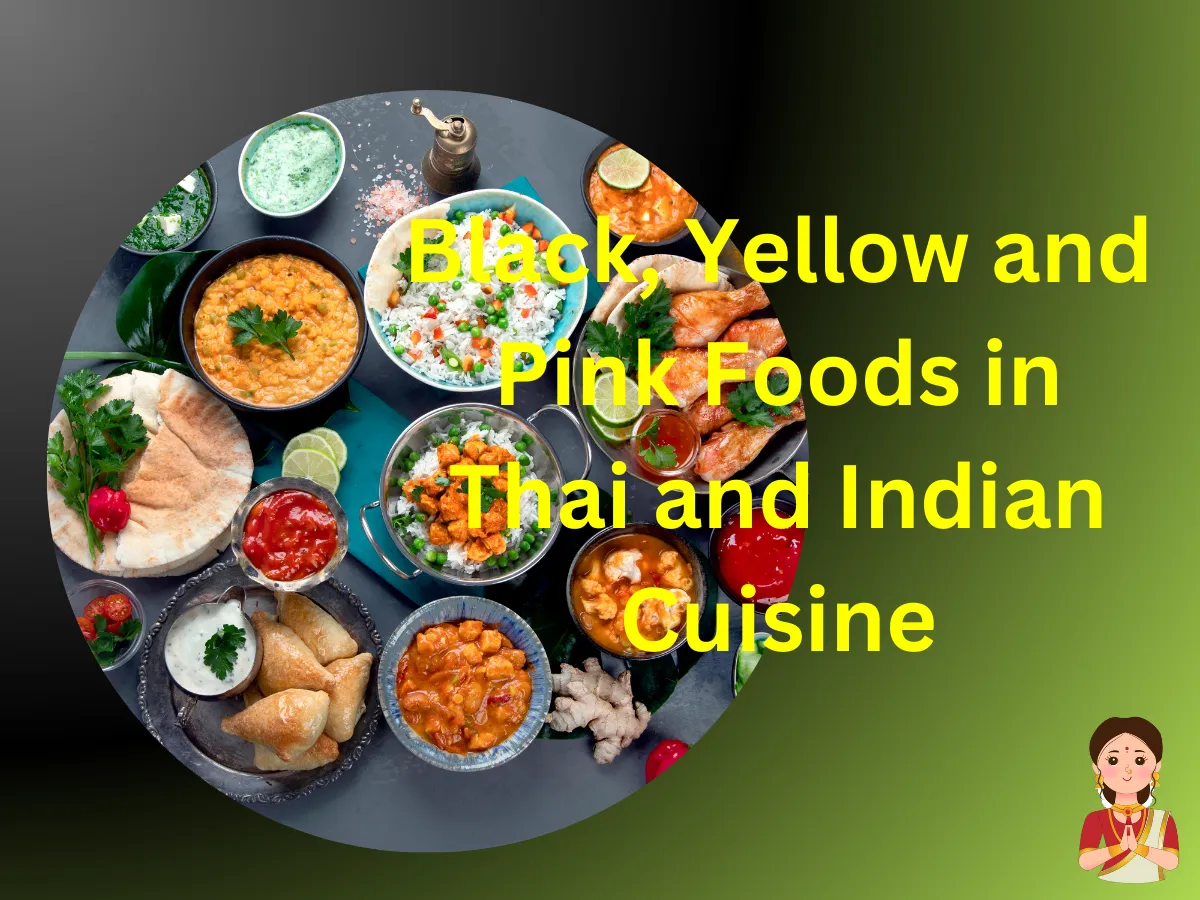
Yellow & Pink Foods: Delights for Your Taste
Must-Try Yellow and Pink Foods That'll Surprise Your Taste Buds
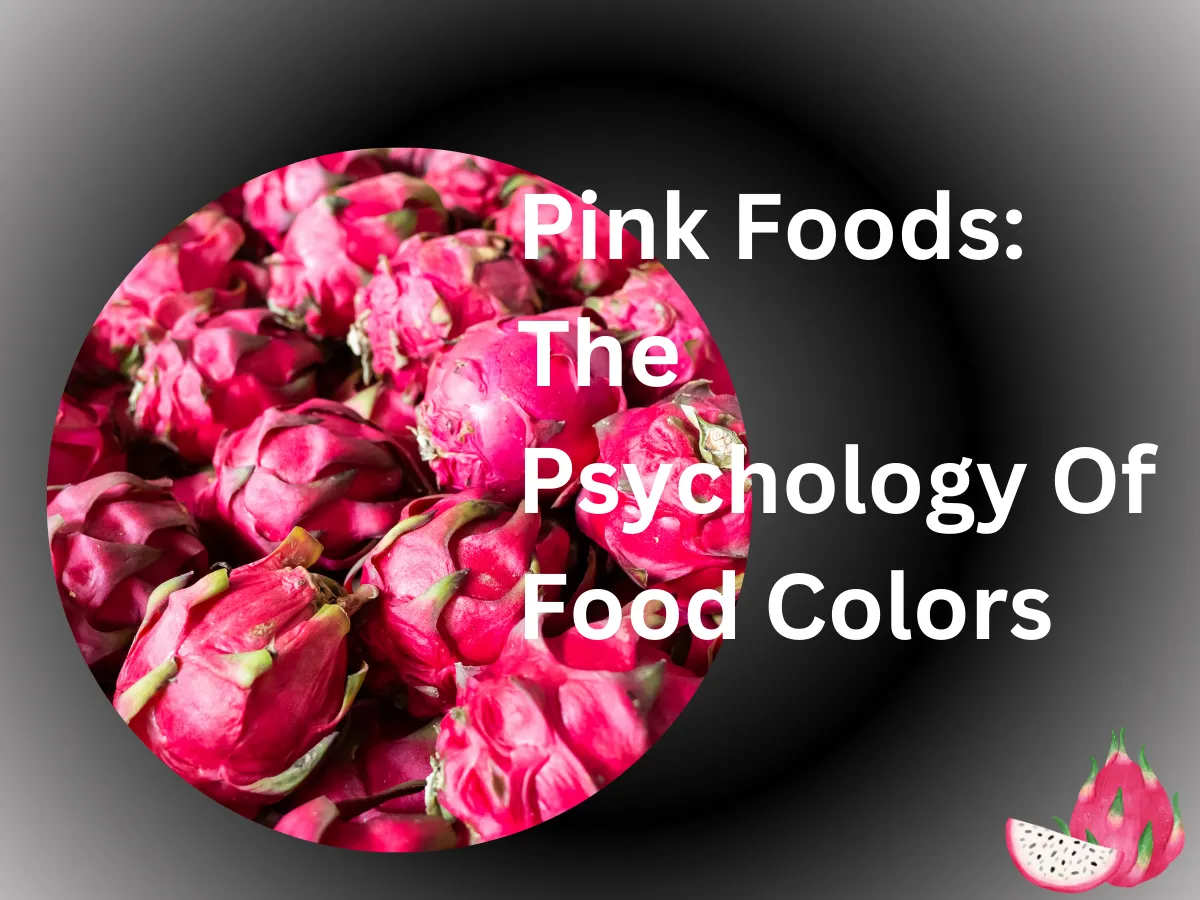
Pink Foods: Know The Psychology Of Food Colors
Discover the Mind-Blowing Psychology Behind Pink Foods - You Won't Believe !!!
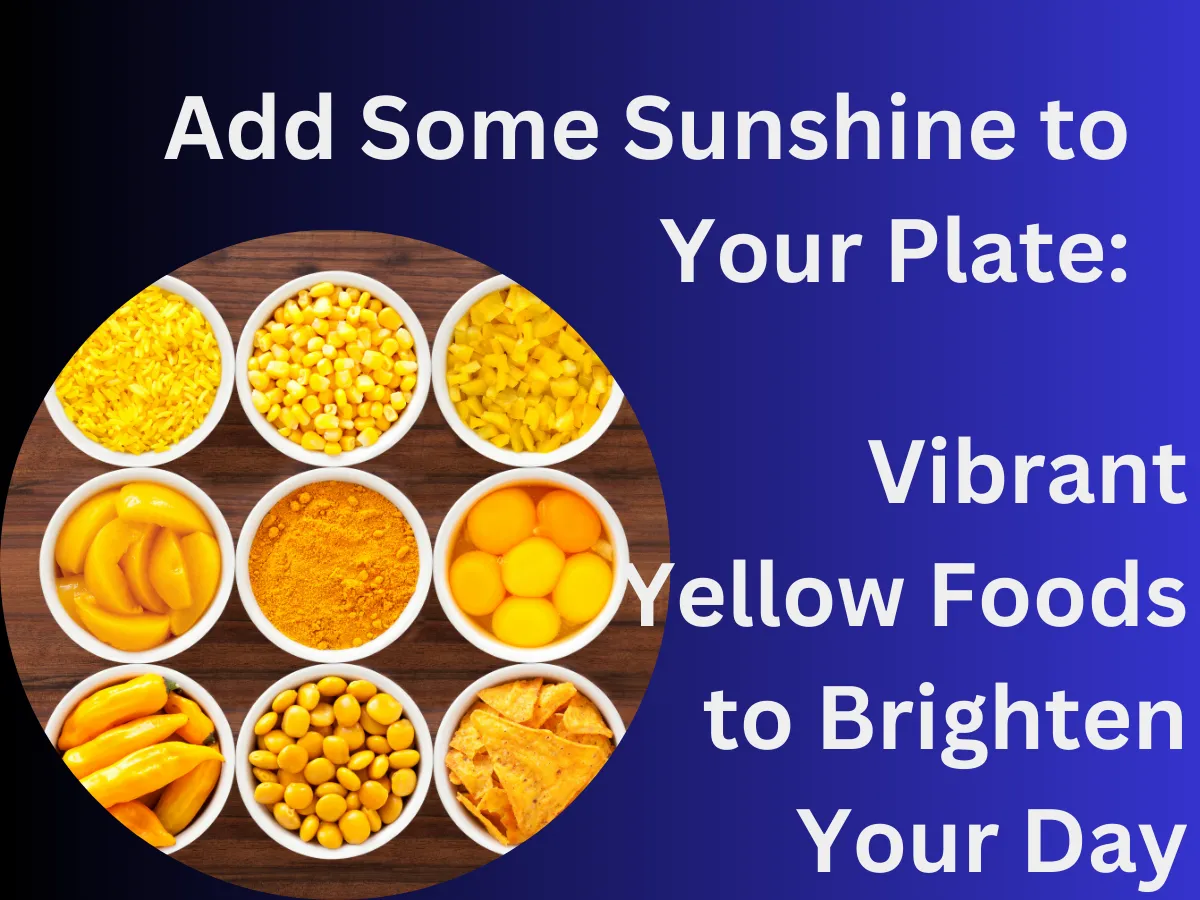
5 Yellow Foods That Will Brighten Up Your Plate
Yellow Foods That Will Make Your Plate Shine Like Never Before!
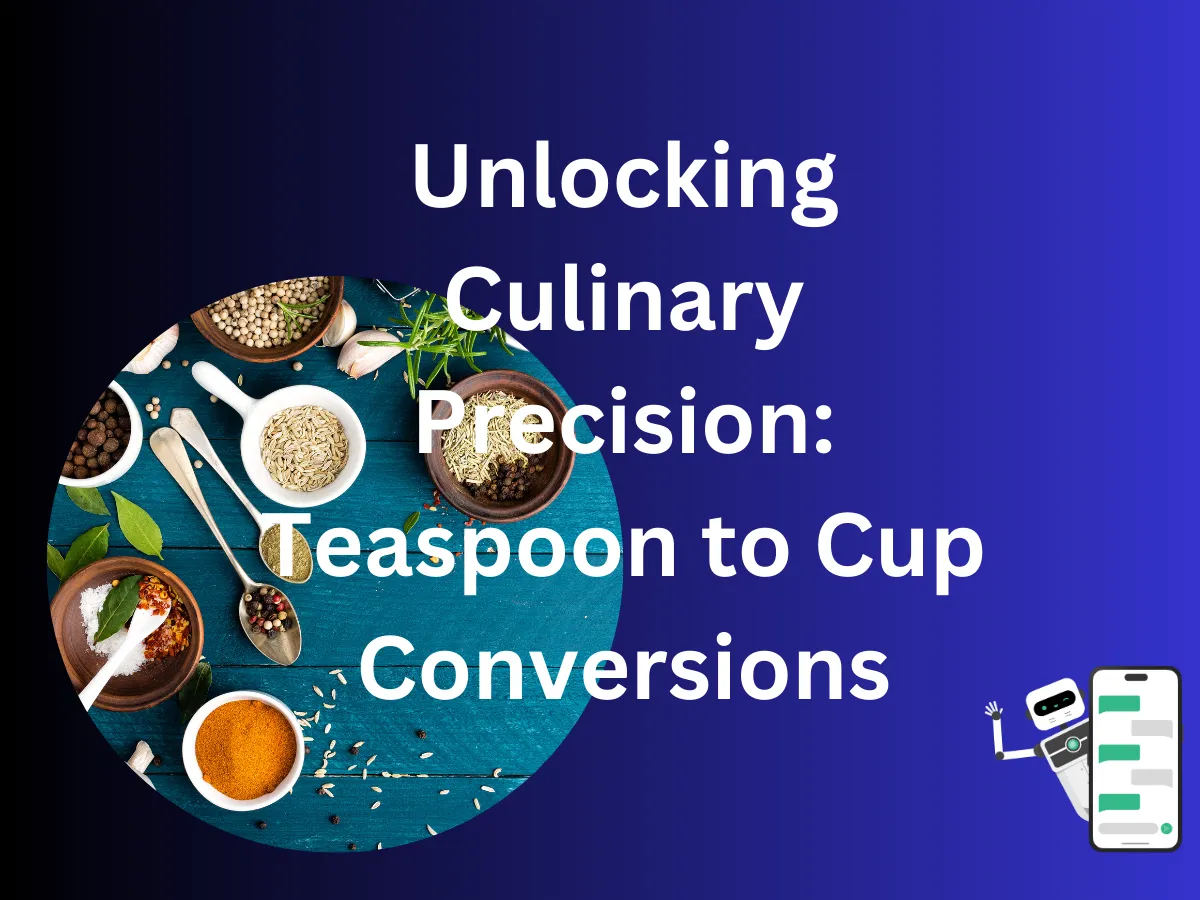
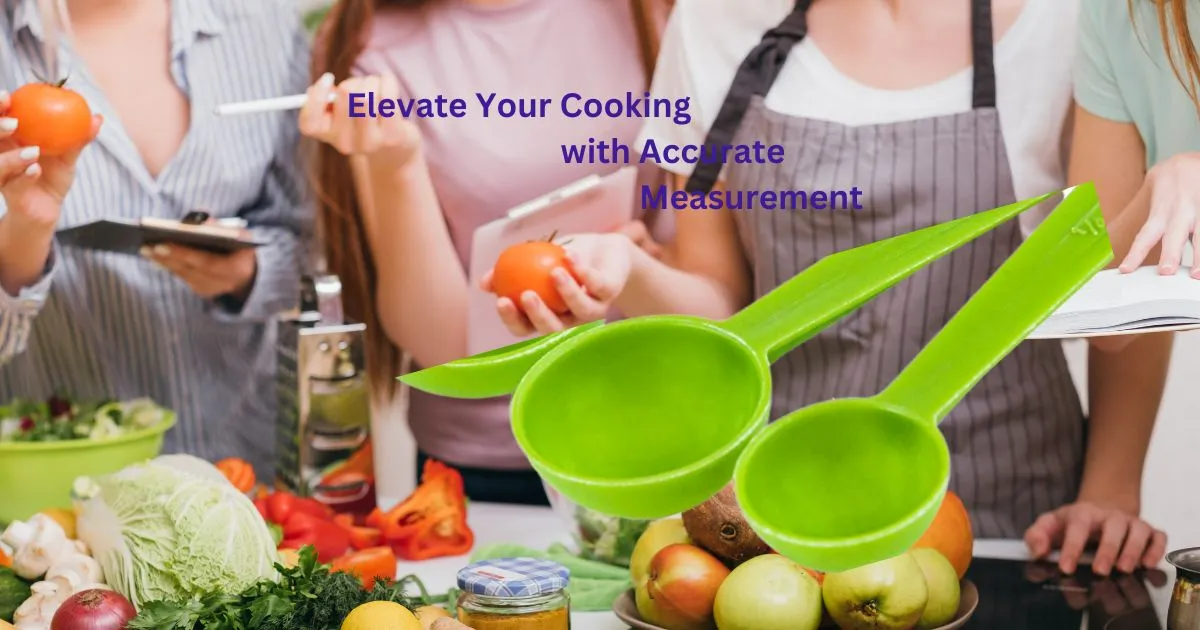
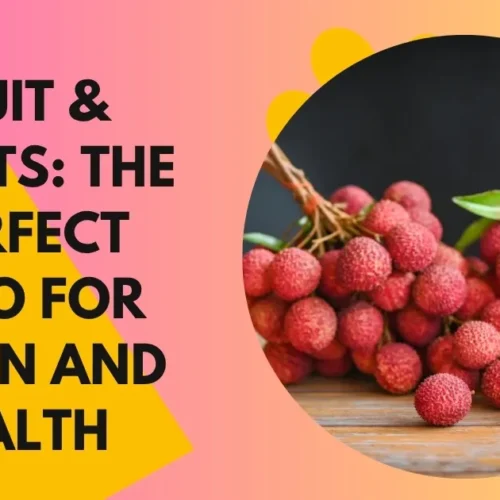
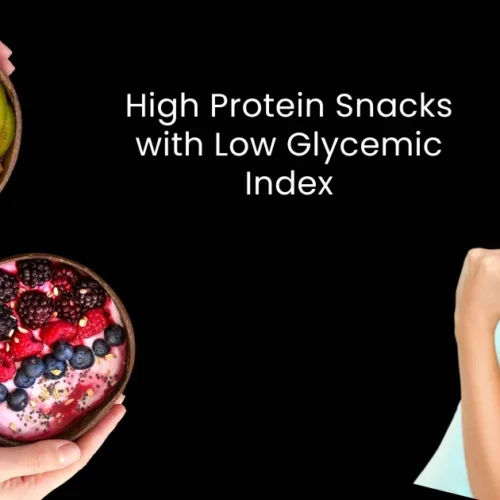
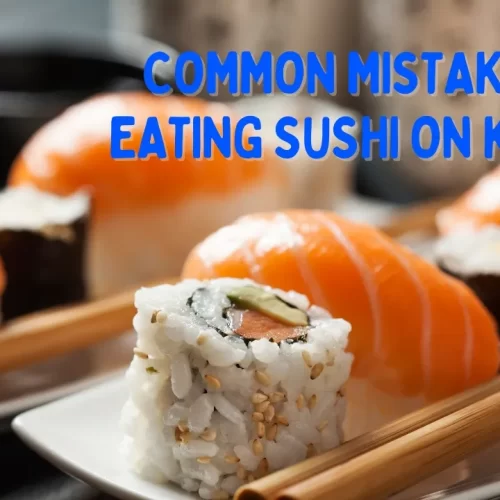
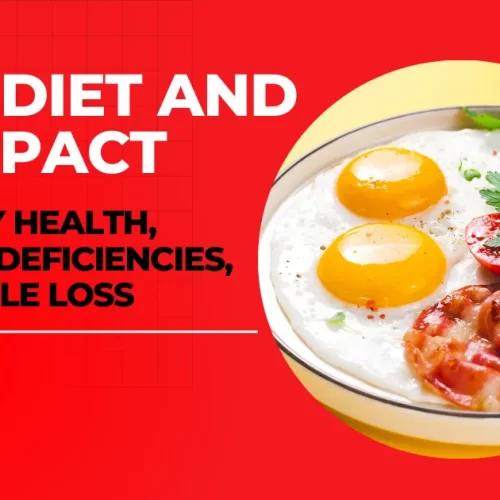
August 17, 2023 at 9:08 am[…] cup teff flour1 cup rice flour½ teaspoon active dry yeast1 cup water½ teaspoon […]
August 18, 2023 at 4:26 pmSiteground: Siteground is known for its exceptional speed and advanced security features. They provide excellent customer support, automatic backups, and a user-friendly interface.
DreamHost: DreamHost is a well-established hosting provider, known for its solid uptime and fast-loading websites. They offer a wide range of hosting options, including shared, VPS, and dedicated hosting. http://webward.pw/.
August 19, 2023 at 5:23 am[…] cup cooked black lentils1/2 cup black olives, sliced1 red bell pepper, diced1/2 red onion, thinly […]
August 23, 2023 at 7:24 am[…] tablespoons chopped fresh […]
September 5, 2024 at 6:57 am[…] 1-2 cups of your chosen greens to the […]
November 8, 2024 at 7:08 am[…] cup cooked salmon (bones […]
November 10, 2024 at 5:59 am[…] value as fresh beets. Fresh beets have double the phosphorus, potassium, and folate, but 1 cup of sliced, canned beets has 14 percent of the recommended daily intake of folate and 4 percent of […]
December 7, 2024 at 11:44 am[…] cup cooked salmon (bones […]